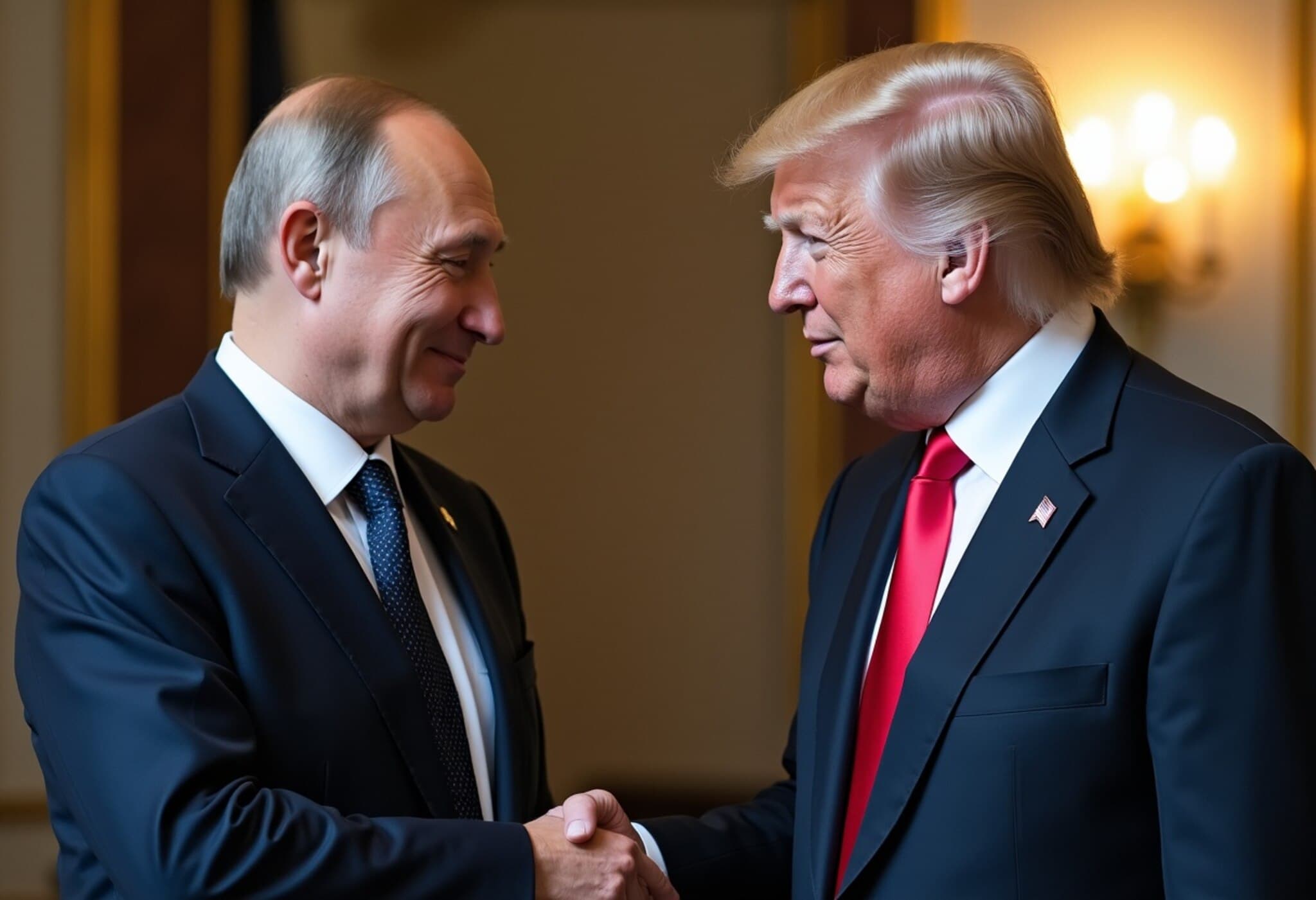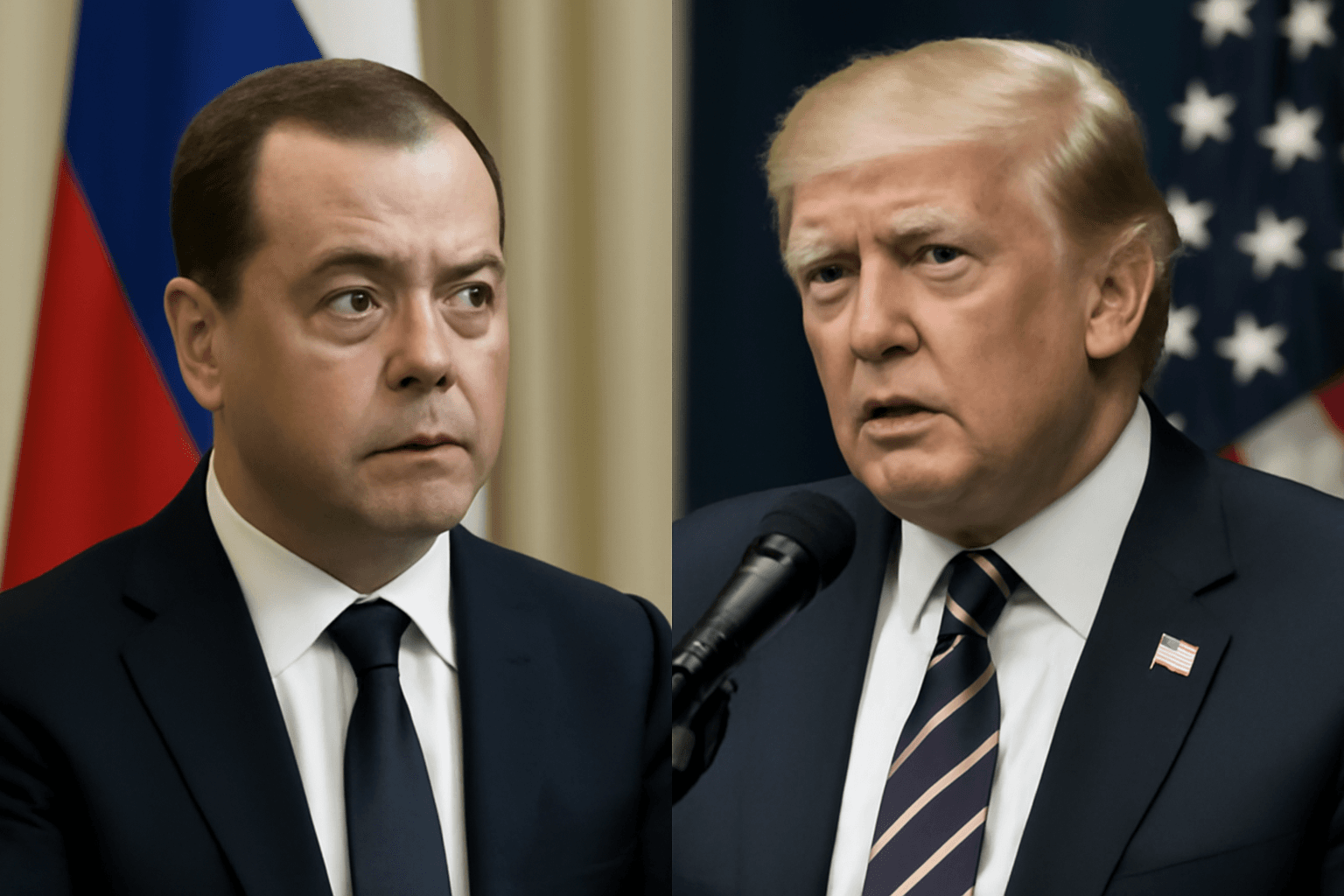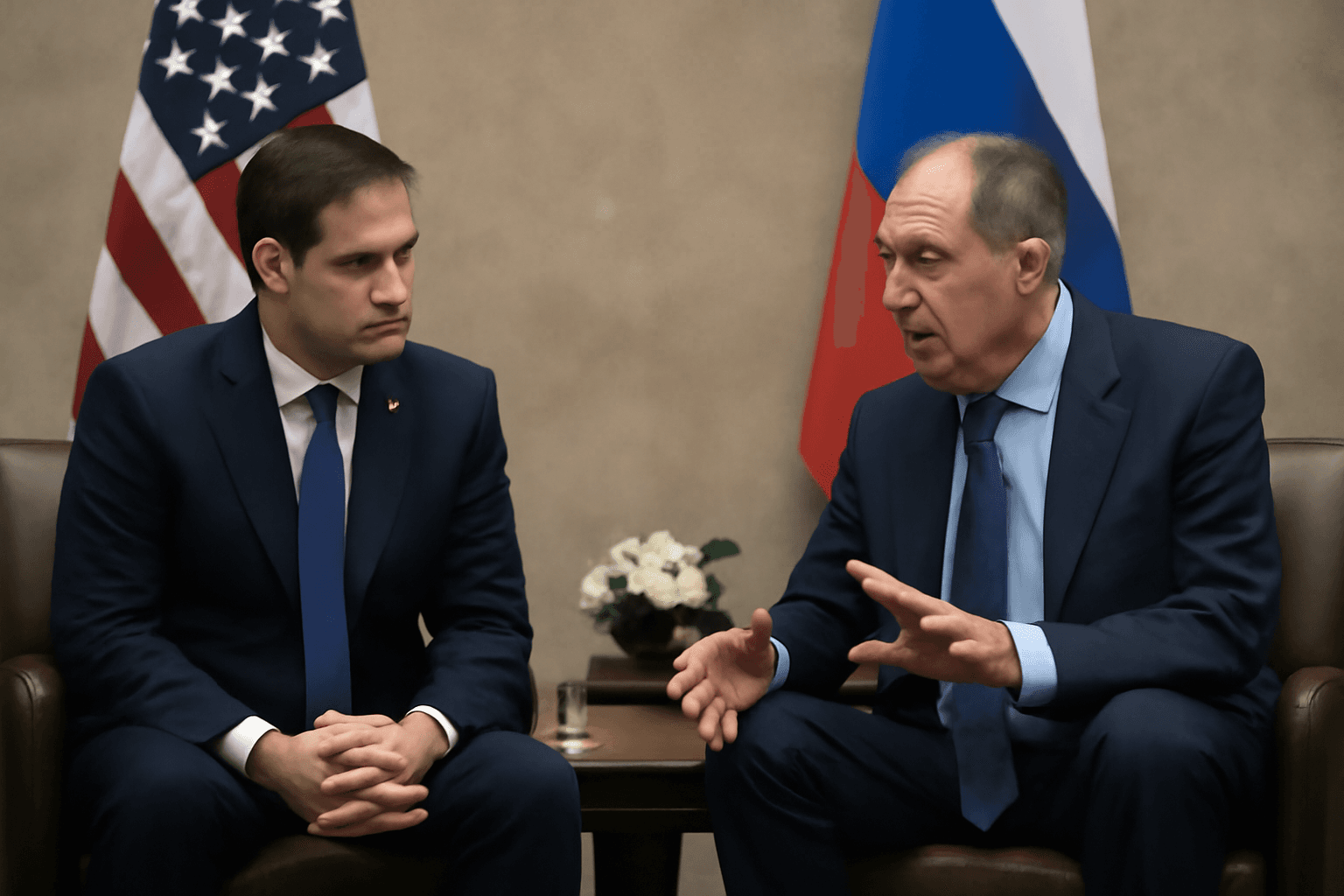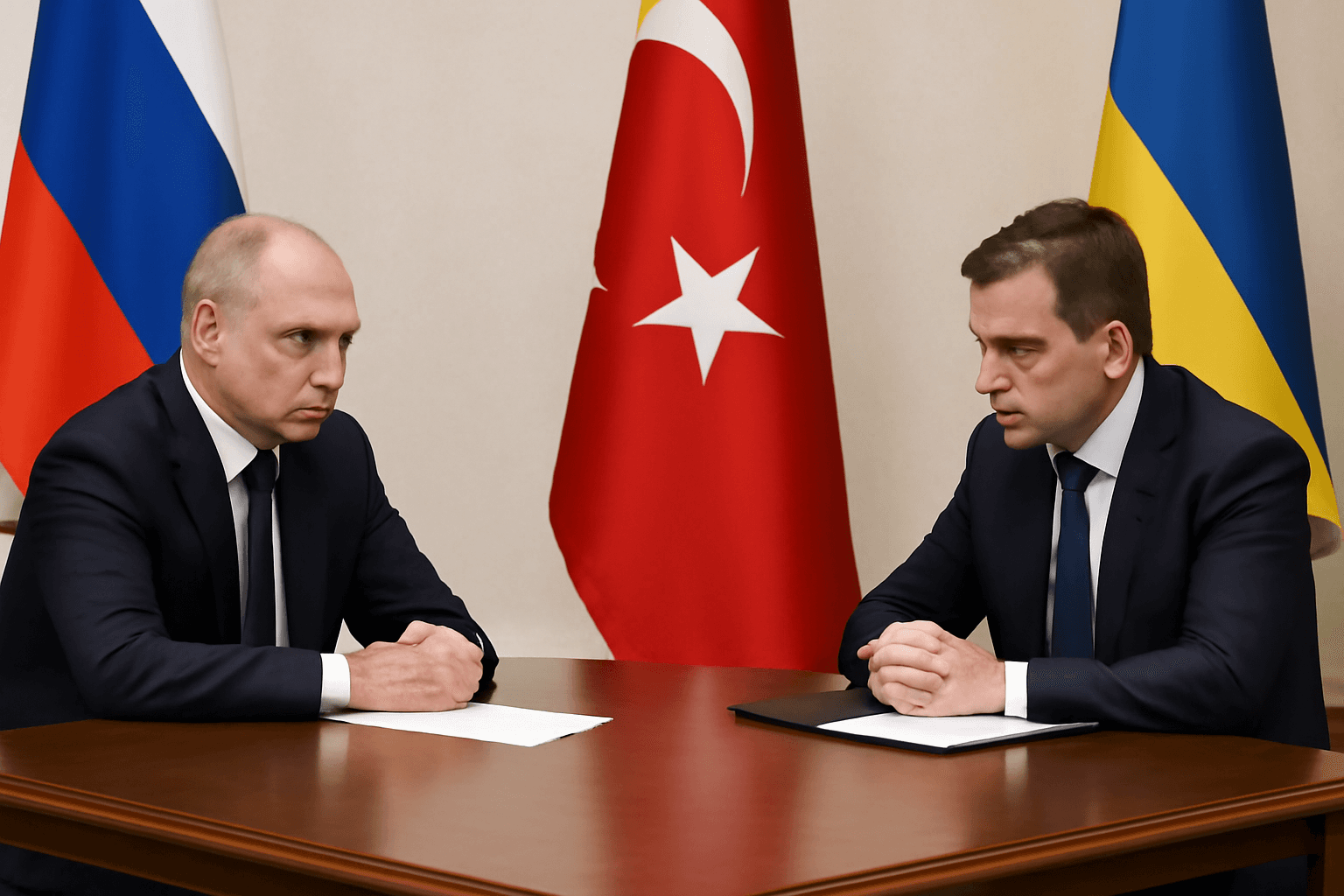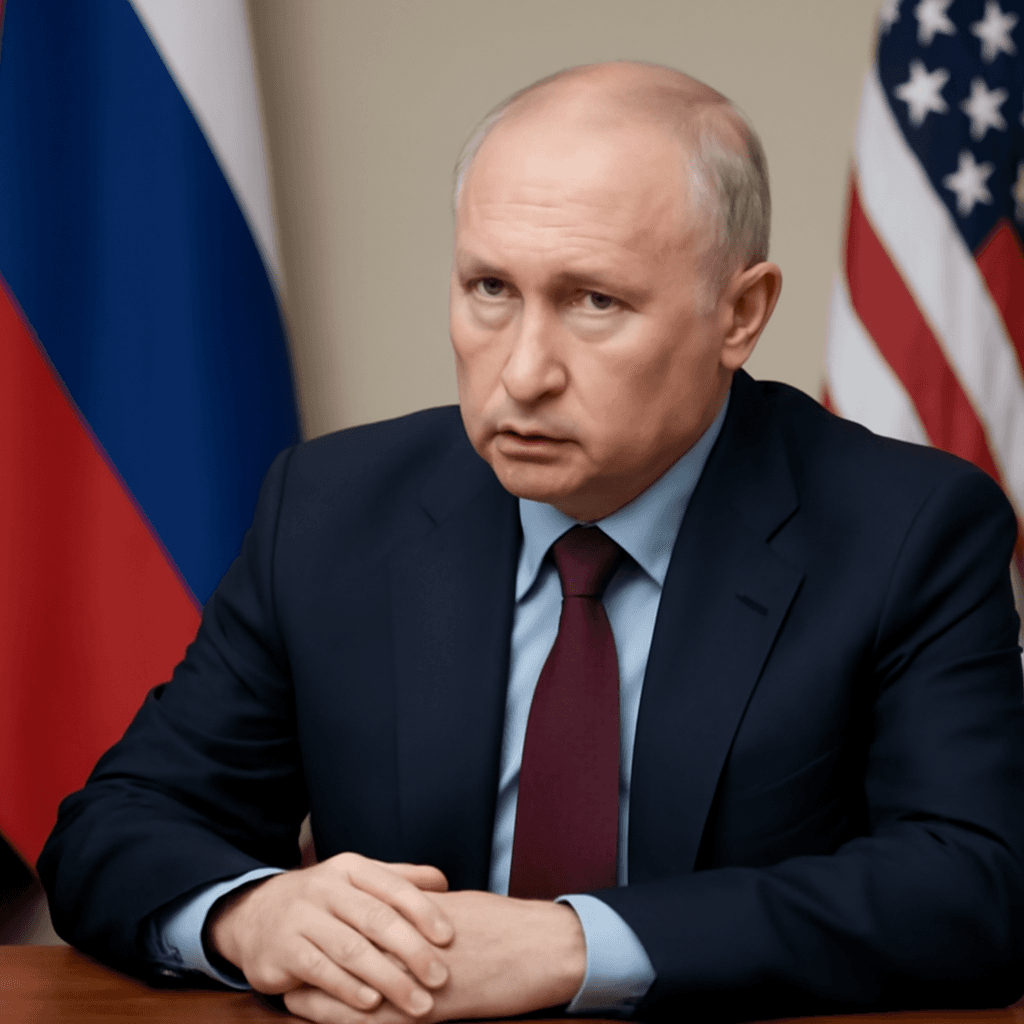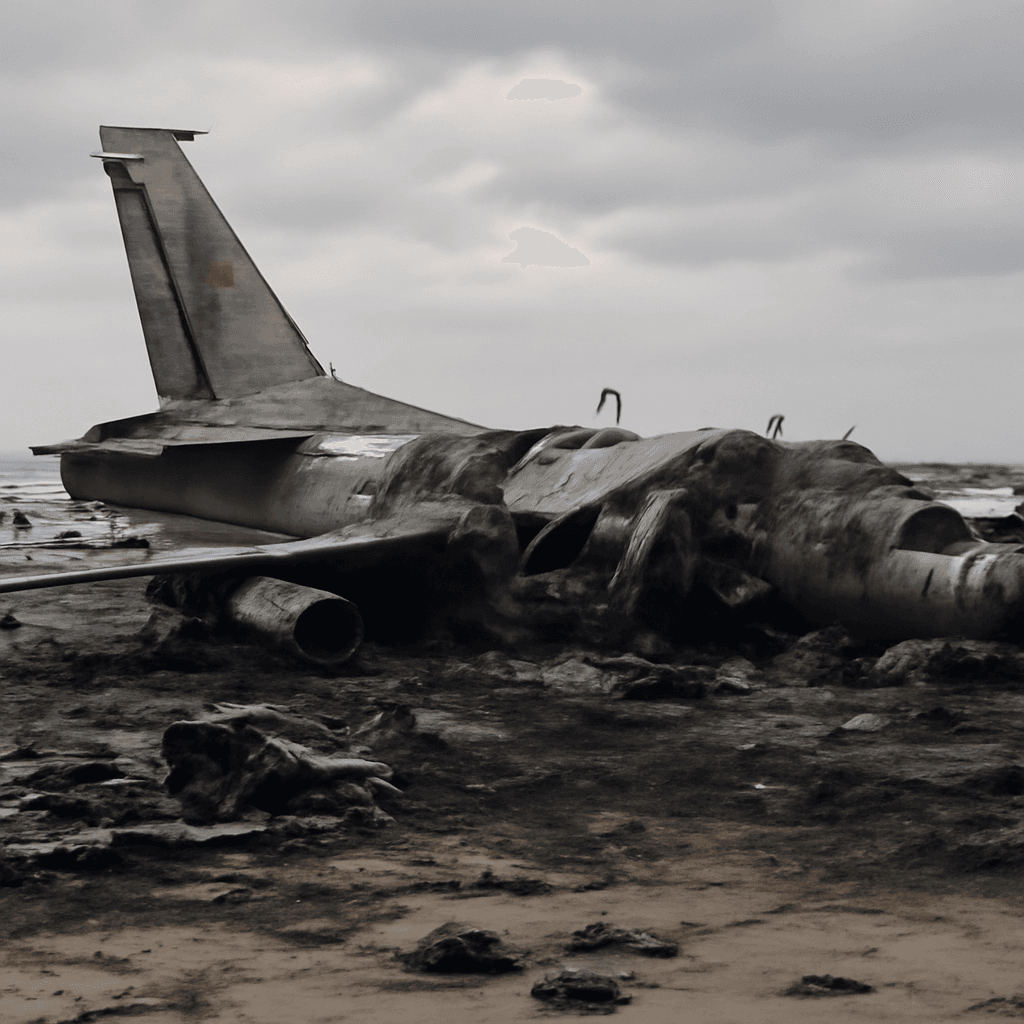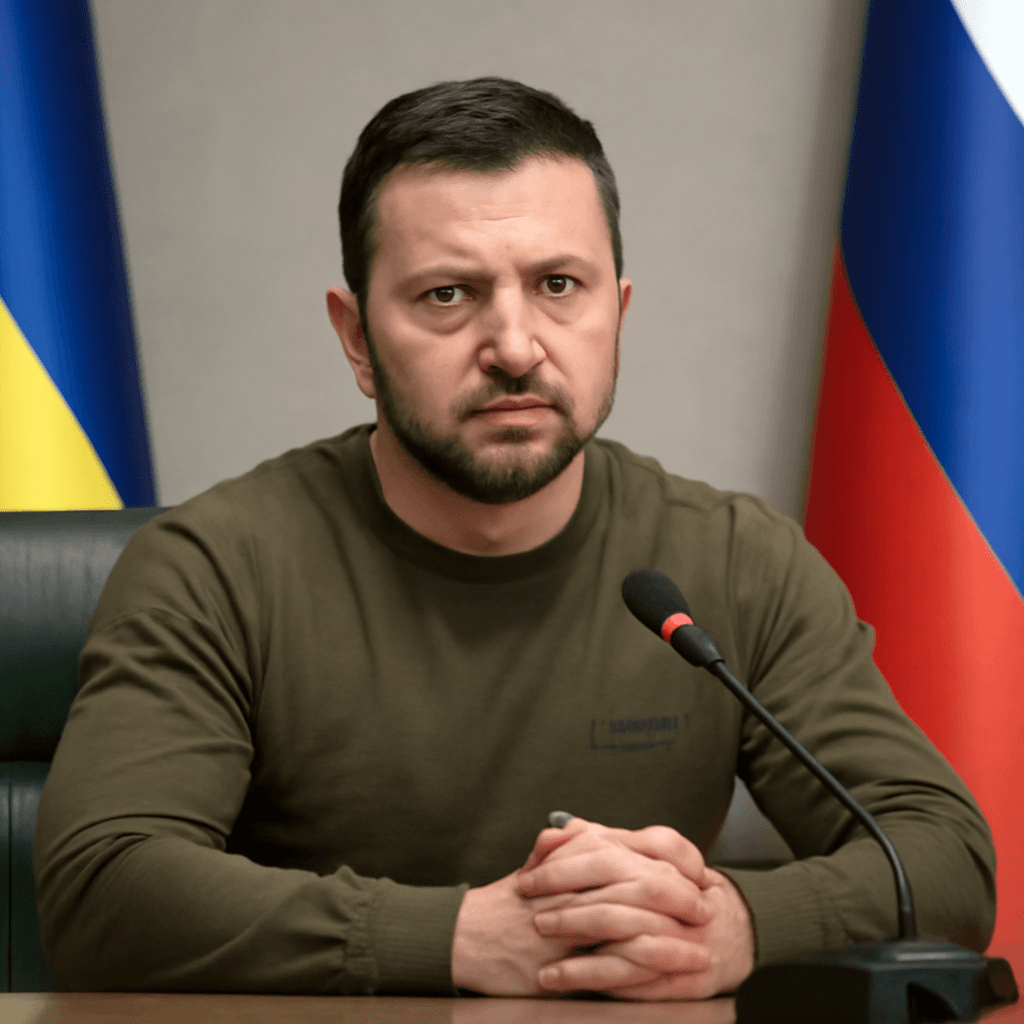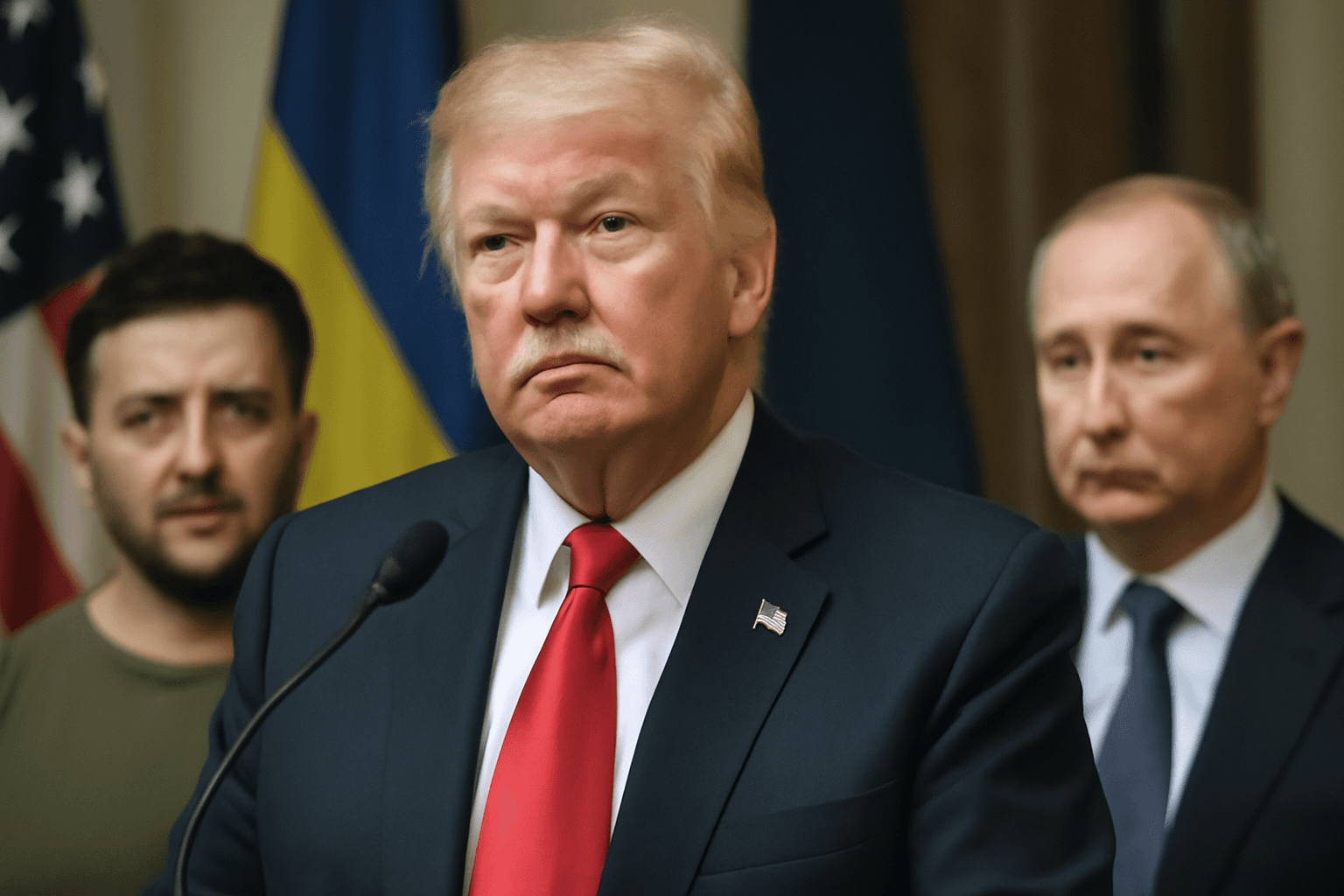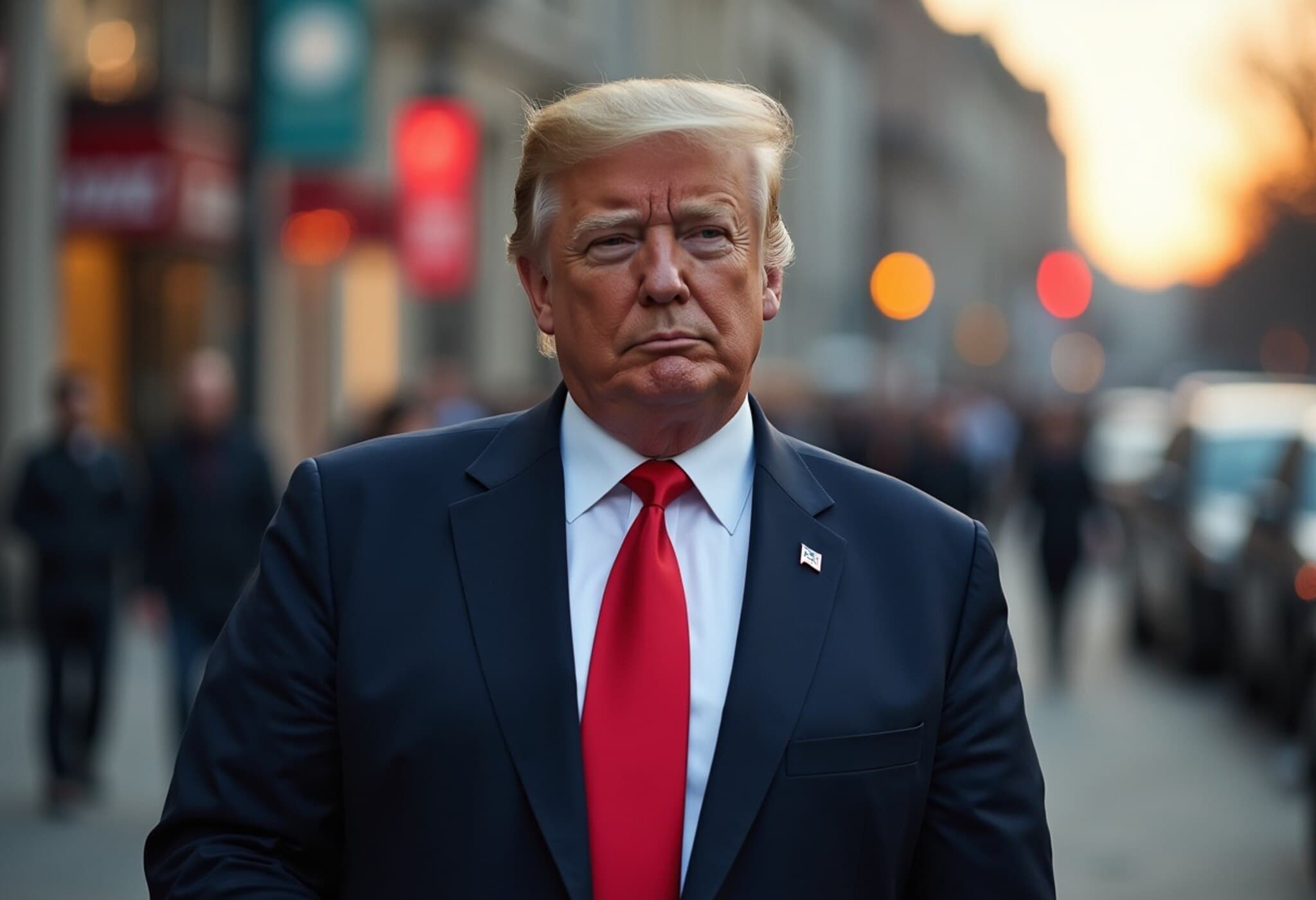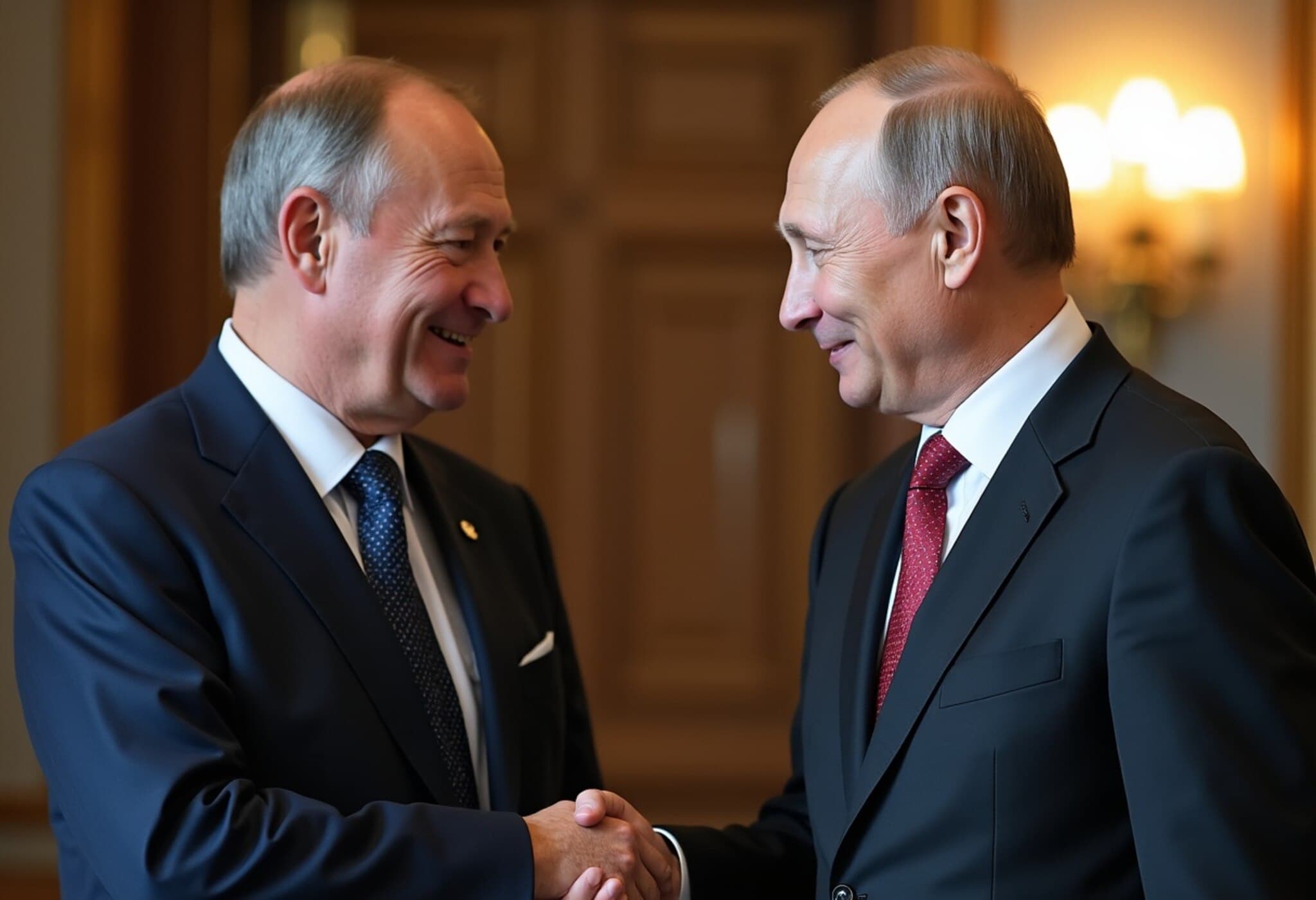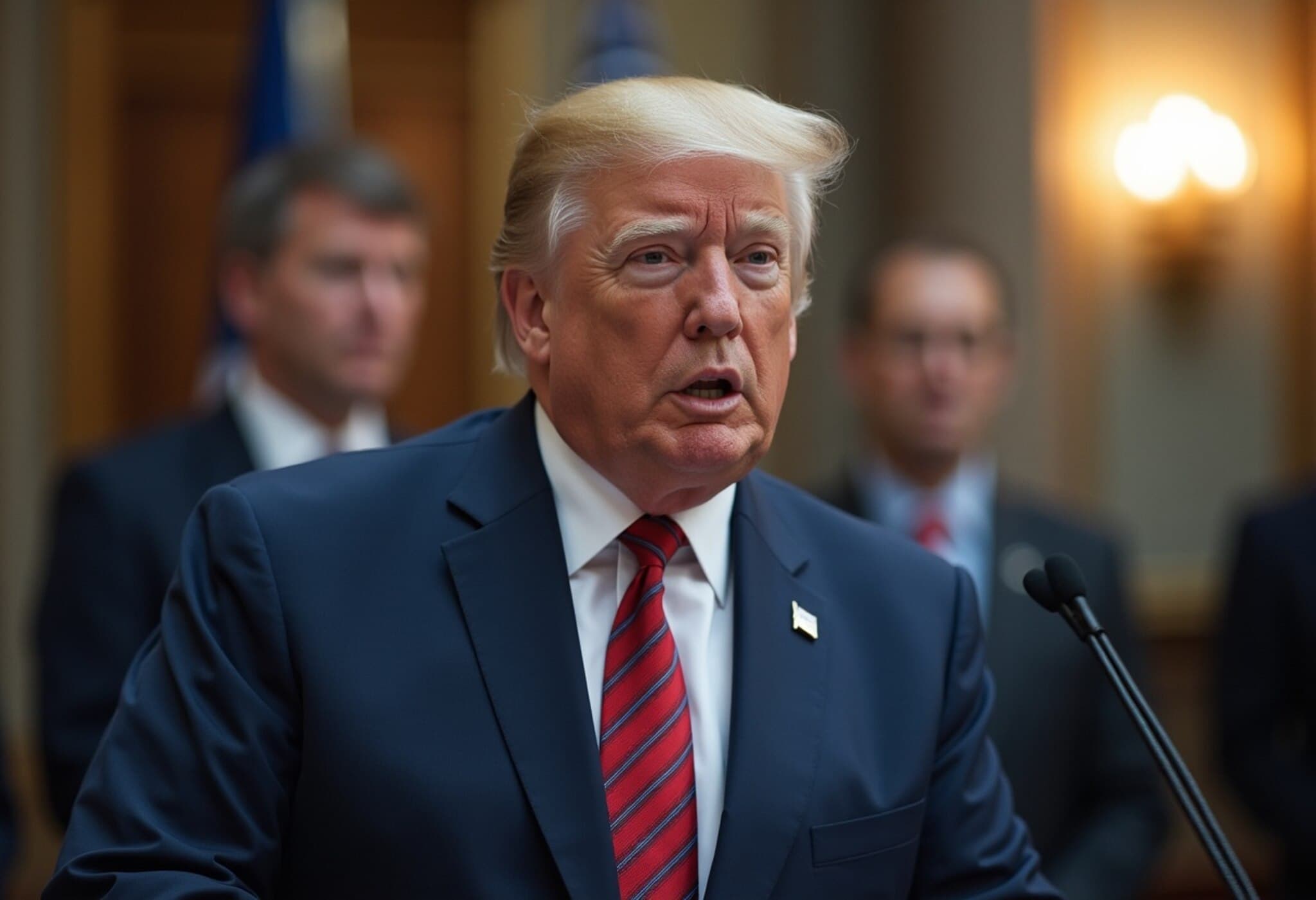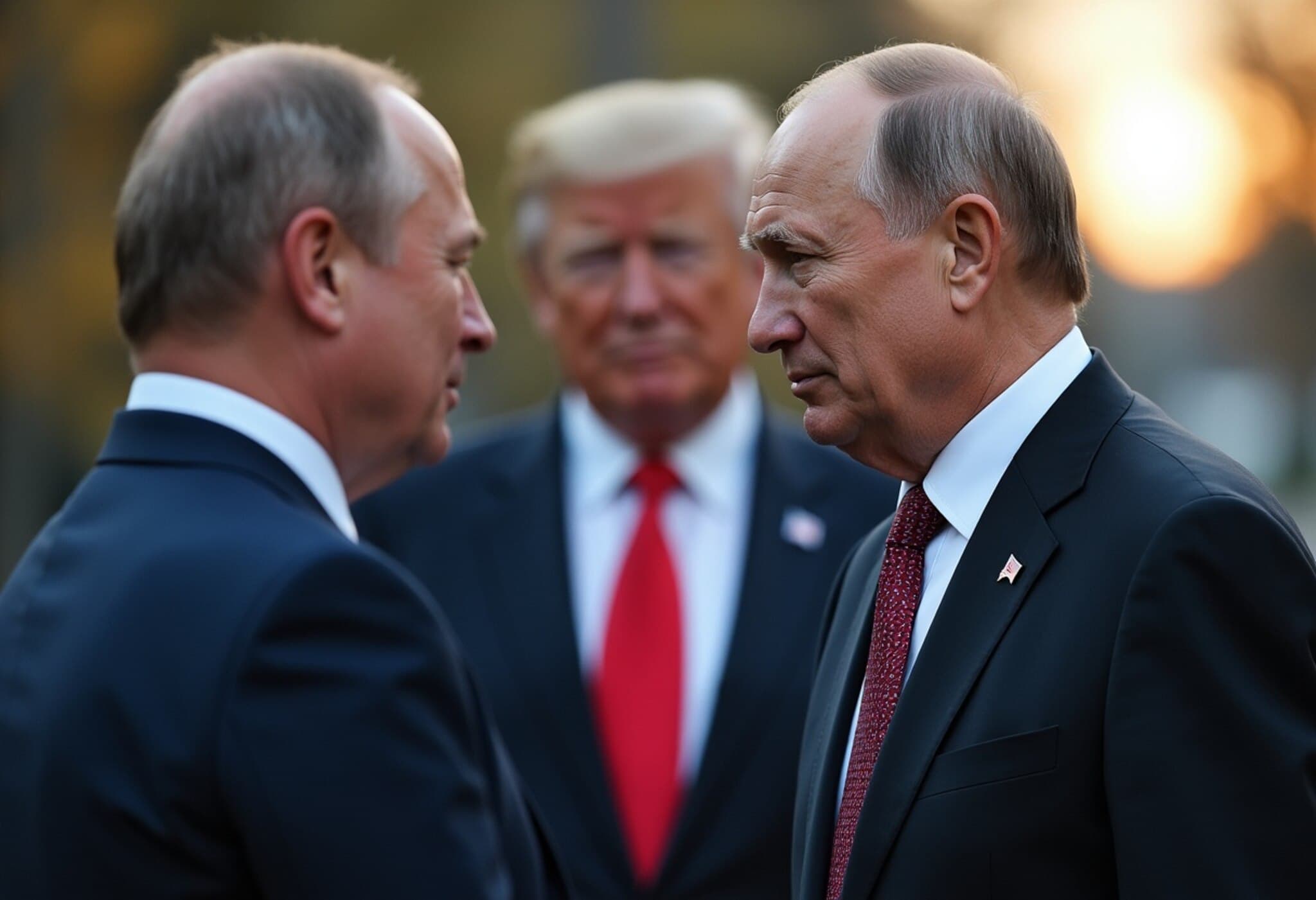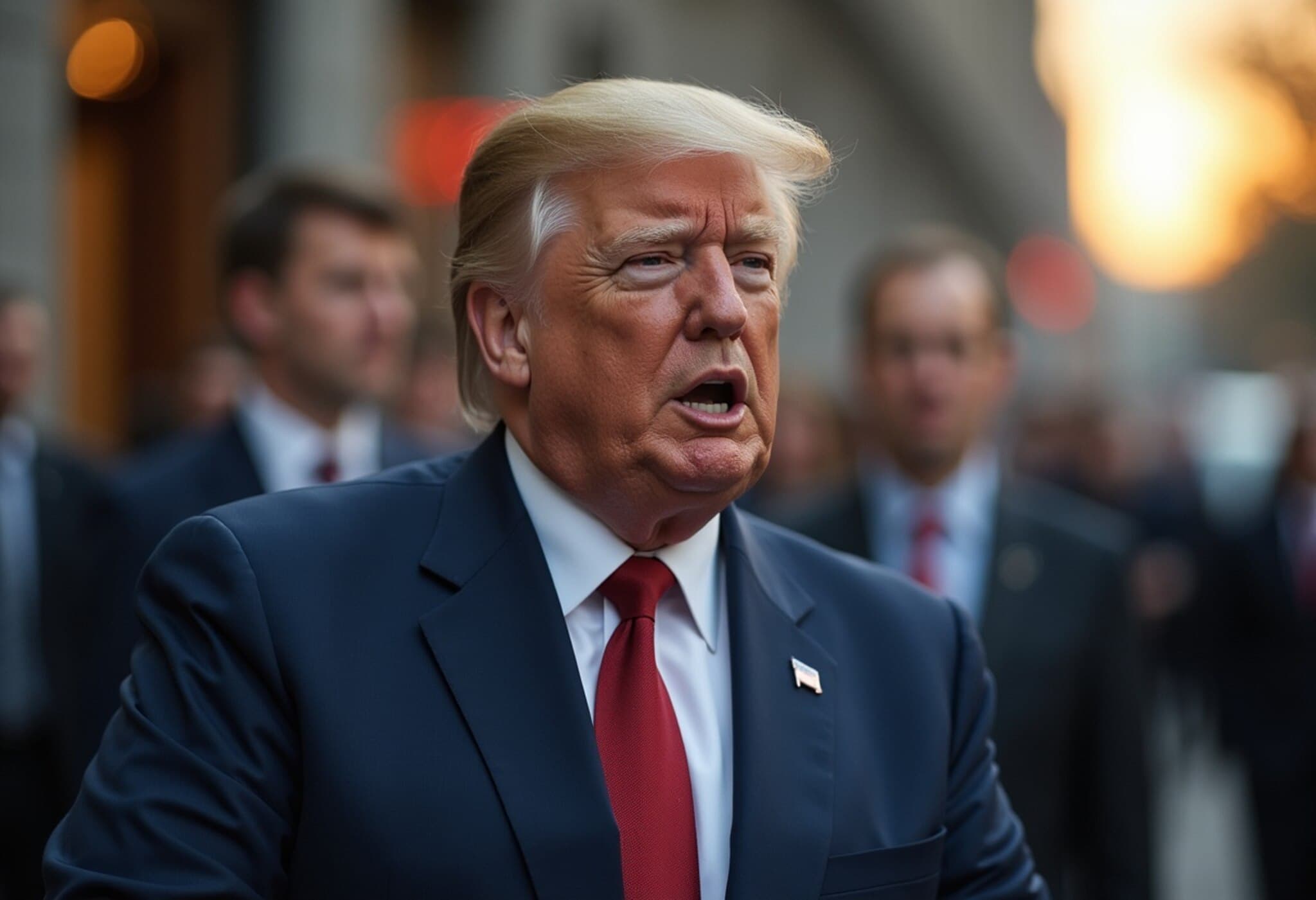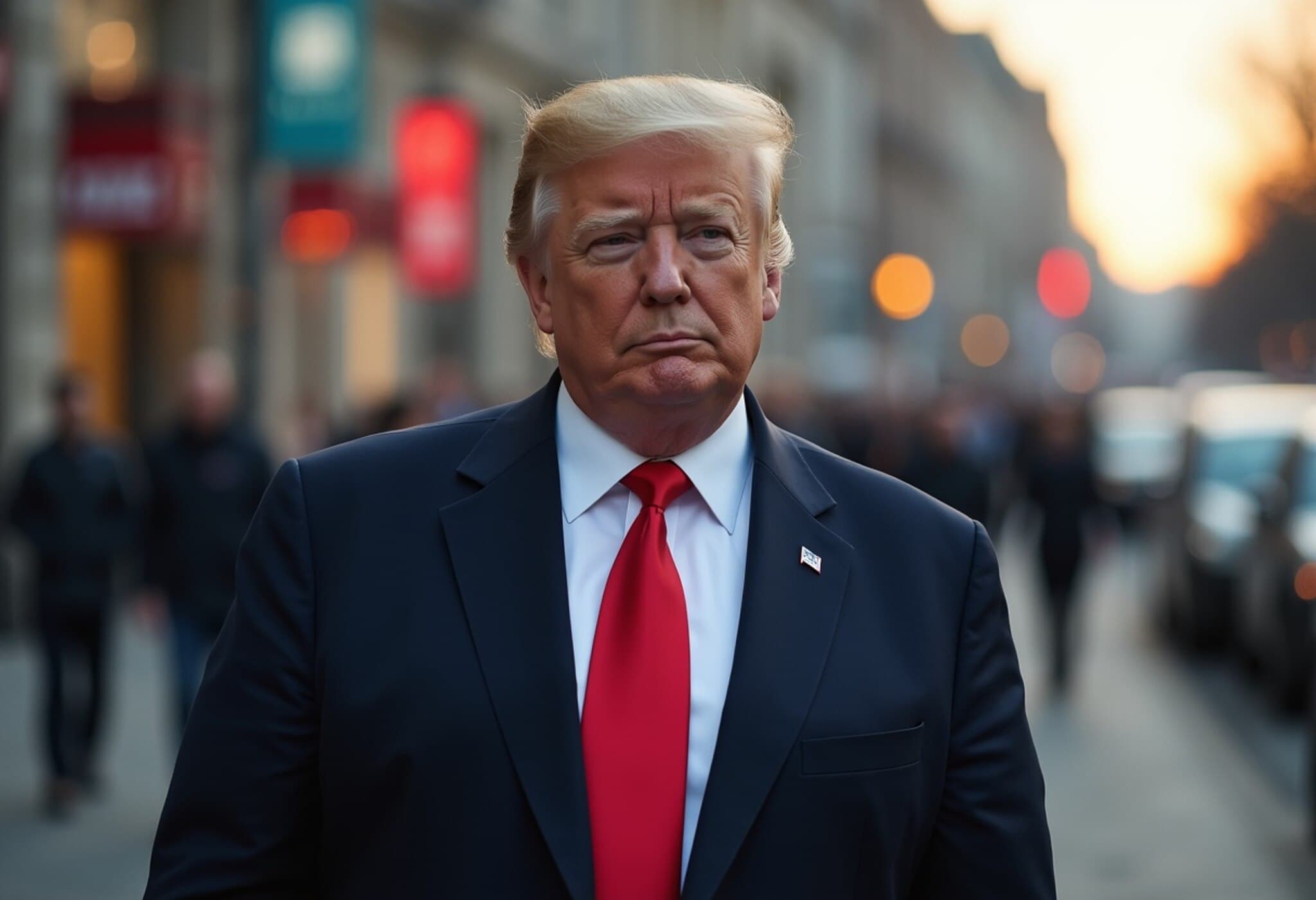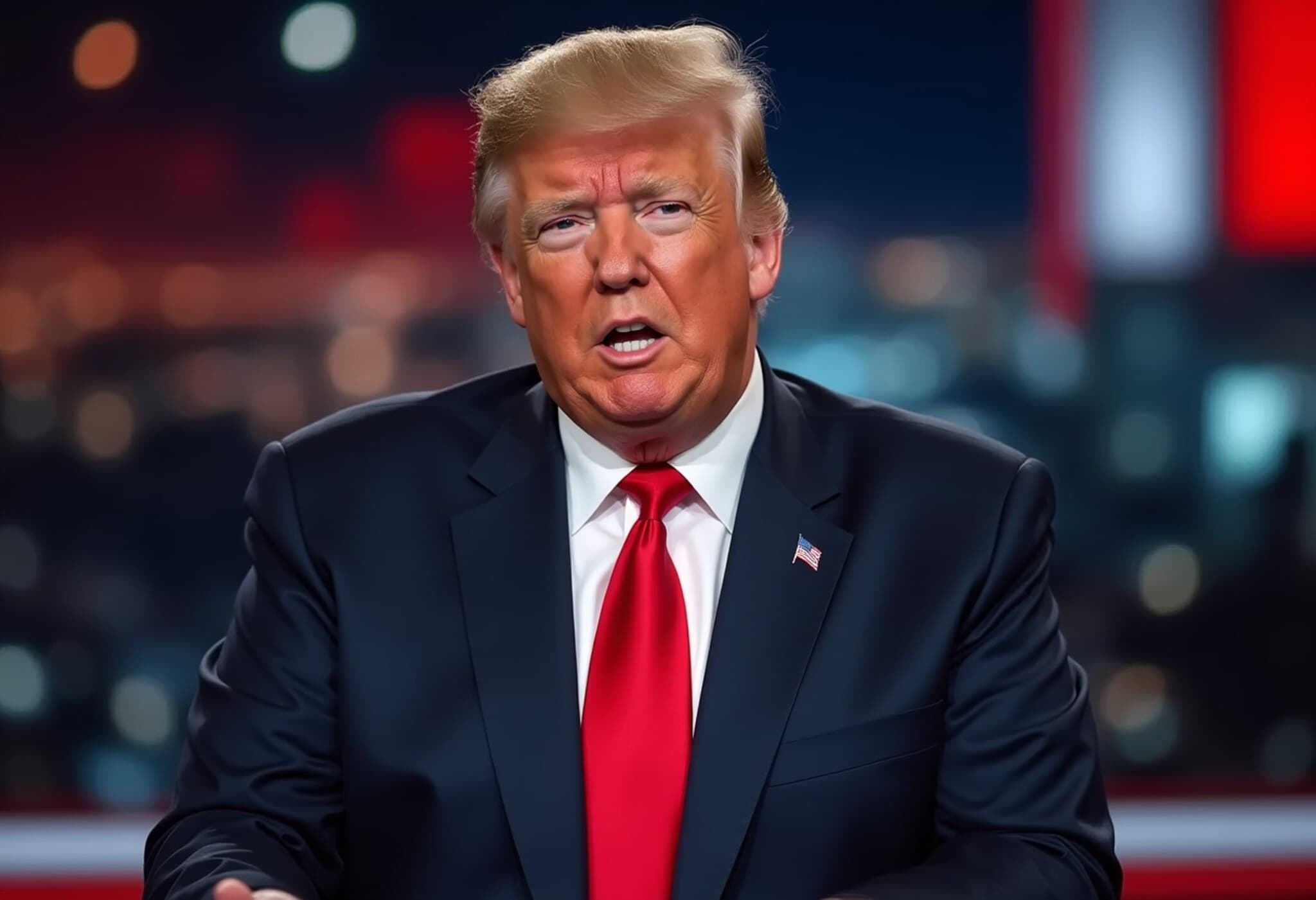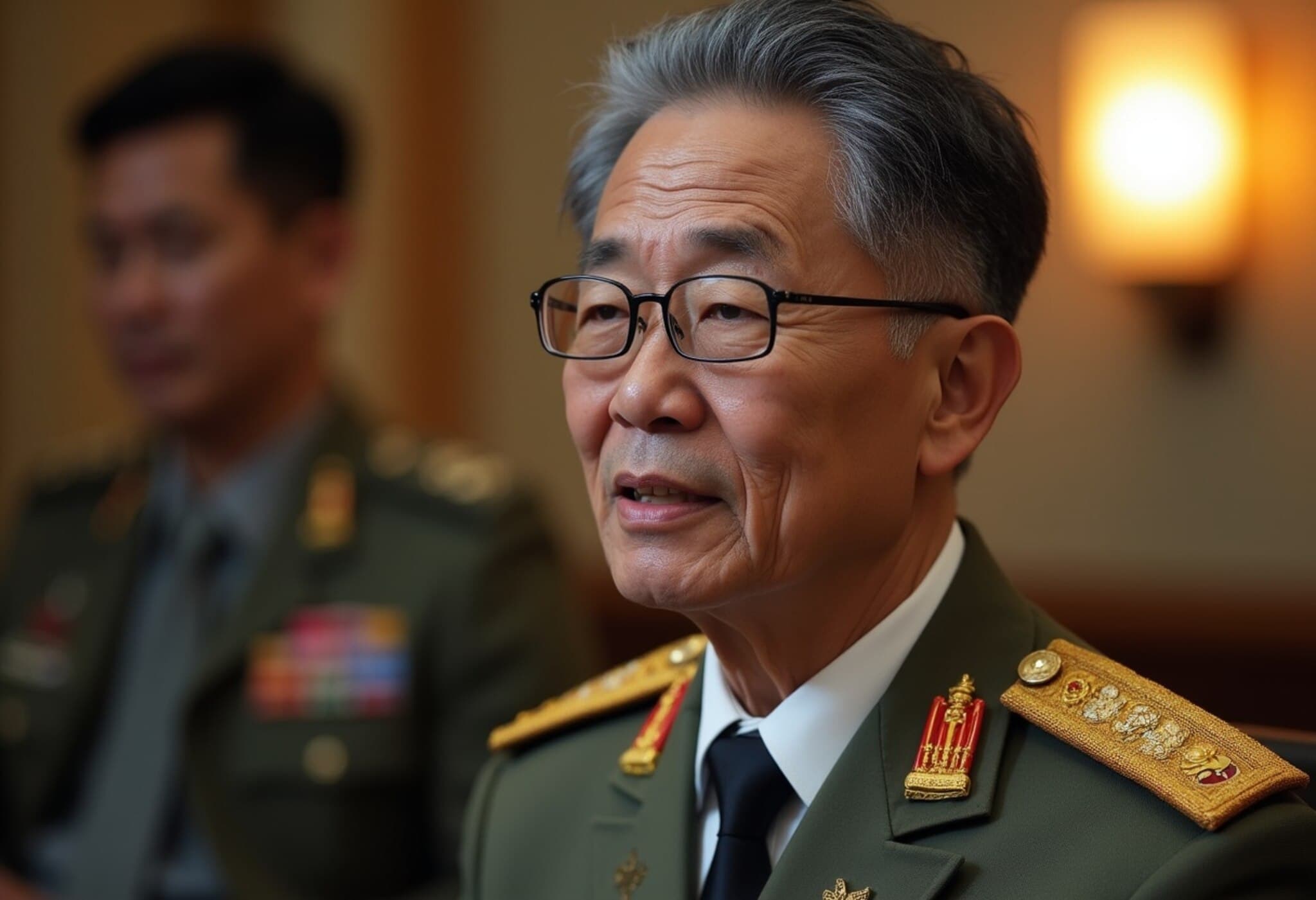Putin and Trump Prepare for Rare Meeting Amid Ukraine Conflict
In a development that could significantly influence the trajectory of the Ukraine conflict, Kremlin spokesperson Yuri Ushakov announced that Russian President Vladimir Putin and U.S. President Donald Trump are set to meet in the coming days. While the specific venue remains under wraps, this would mark their first meeting since Trump resumed office earlier this year.
Contextualizing the Meeting: A War-Weary Ukraine Looks to Negotiations
This potential summit comes at a critical juncture, with recent Gallup poll data revealing a dramatic shift in Ukrainian public sentiment. Once resolutely committed to total victory, only around 25% of Ukrainians now favor continuing the fight indefinitely. Instead, approximately 70% express a strong desire for peace talks to begin, a notable evolution from the war’s outset in 2022.
Experts suggest this shift is fueled by prolonged conflict fatigue, widespread civilian casualties—estimated by the United Nations at over 12,000—and the grinding attrition seen along the extensive 1,000-kilometer frontline. Ukraine’s strategic position is steadily challenged by Russia’s larger military capacity and territorial gains, underscoring the complex realities behind public desire for negotiation.
Challenges and Complexities: Diplomatic Hurdles Ahead
Despite these overtures, skepticism remains about an imminent resolution. Russian and Ukrainian officials continue to diverge sharply on core demands, with Moscow yet to accept Kyiv’s call for direct negotiations. Moreover, the timeline for peace remains unpredictable, with roughly 70% of Ukrainians doubting active combat will cease within the next year.
Shifting International Perceptions: Trust and Support in Flux
The protracted conflict is also reshaping Ukrainian perceptions of global leadership. Notably, Gallup reports a steep decline in approval of U.S. leadership—from 66% in 2022 to just 16% in 2025. This could reflect growing disillusionment amid fluctuating U.S. policy and rhetoric under President Trump’s administration.
Conversely, Germany’s image has improved significantly, now enjoying a 63% approval rating among Ukrainians. The evolving geopolitical landscape highlights shifting alliances and the importance of European actors in conflict resolution.
Future Prospects: NATO and EU Membership on the Horizon?
Hope for integration with Western institutions like NATO and the European Union has also dampened. The proportion of Ukrainians expecting NATO membership within the next decade has dropped from about 66% in 2022 to a mere 33% in 2025. Expectations for EU accession, while higher, have also decreased to 52%.
This trend indicates growing realism about international acceptance timelines and perhaps an appetite for pragmatic peace solutions over idealistic aspirations.
Expert Insight: What This Means for U.S. Policy and Global Stability
From a U.S. policy perspective, the Trump-Putin meeting could serve as a litmus test for renewed diplomatic engagement with Russia amid one of Europe’s most destabilizing conflicts since World War II. Analysts caution, however, that any breakthrough requires delicate balancing of support for Ukraine’s sovereignty with strategic incentives for Russia to de-escalate.
Moreover, the war’s human toll and the palpable war fatigue among Ukrainian civilians underscore the urgency for nuanced mediation, combining humanitarian priorities with geopolitical calculations.
Summary and What to Watch
- Putin and Trump’s upcoming meeting signals potential thaw but no guaranteed peace deal.
- Ukrainian public opinion has shifted markedly towards favoring negotiation after enduring devastating losses.
- International support dynamics are changing, with U.S. approval waning and Germany gaining favor.
- Prospects for NATO and EU membership appear more uncertain than in previous years.
Editor's Note
As diplomatic channels tentatively open between Putin and Trump, the world faces a moment that could recalibrate the balance in Eastern Europe. Yet, the deeply entrenched positions and wariness on both sides remind us that peace is rarely won through a single meeting. Journalists and policymakers alike must continue scrutinizing the human costs alongside the geopolitical chessboard. How will this meeting affect future U.S. involvement, sanction policies, and support for Ukraine’s resilience? Only time—and transparent diplomacy—will tell.

